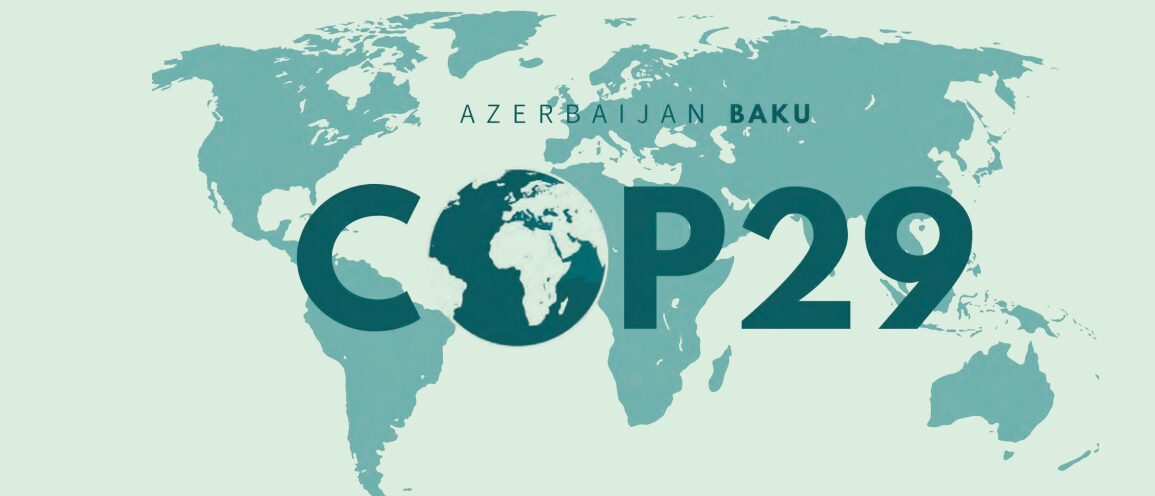COP 29: The path ahead for Africa and Kenya’s role in securing climate finance

As COP 29 wraps up in Baku, Azerbaijan, one of the most notable achievements is the mobilisation of trillions of dollars for climate finance—a crucial advancement in tackling the pressing issues brought on by climate change. For Africa, a continent that contributes only 4% of global emissions yet suffers disproportionately from its effects, this commitment brings hope, opportunity, and a chance to enhance its climate resilience strategy.
A new collective quantified goal
The establishment of a new collective quantified goal (NCQG) in trillions instead of billions signifies a critical turning point in global climate negotiations. Africa, with its rich biodiversity and susceptibility to extreme weather events, stands to gain immensely. The specific minimum allocation floors for the Least Developed Countries (LDCs) and Small Island Developing States (SIDS), set at $220 billion and $39 billion, respectively, reflect a dedication to supporting the most impacted areas.
Kenya, as one of Africa’s prominent economies, has a vital role in transforming these financial commitments into tangible results. With its forward-thinking climate agenda, which includes pledges to renewable energy, reforestation, and climate-smart agriculture, Kenya can utilise these resources to speed up its green transition while serving as a model for its neighbouring nations.
The discussions at COP 29 marked a significant shift from mandatory contributions to a more flexible, voluntary system for developing nations such as China and India. This change promotes inclusivity but also places a heavier burden on developed countries to fulfil their commitments, particularly in light of their previous failures to meet the $100 billion annual target established in 2009.
This new flexible framework presents opportunities for innovative partnerships for Kenya. By leveraging voluntary contributions and collaborating with private sector entities, Kenya can enhance its climate action initiatives. The incorporation of various funding sources—public, private, and alternative—allows the country to attract investments in areas like e-mobility, renewable energy, and sustainable agriculture.
A key focus of the COP 29 financial framework is prioritising grants over loans, which helps ensure that vulnerable nations are not weighed down by unmanageable debt. Given Kenya’s rising debt levels, this decision is particularly beneficial. Grants will allow the country to finance essential projects, including drought mitigation, forest restoration, and clean energy efforts, without jeopardising its economic health.
Equity in resource distribution and climate justice were pivotal themes in Africa’s agenda during the COP 29 negotiations. The severe effects of Cyclone Freddy in Malawi earlier this year highlighted the region’s susceptibility to climate change. For Kenya, aligning its strategies with the broader African goals is crucial. This alignment involves pushing for timely fund disbursements, transparent reporting practices, and equitable representation in decision-making processes.
Kenya’s path forward
As a regional leader, Kenya’s path ahead includes:
- Mobilising the funds promised at COP 29 to invest in renewable energy projects, agroforestry, and water resource management.
- Encouraging private sector involvement in green initiatives through public-private partnerships.
- Leading efforts to unite African nations in effectively accessing and utilising climate finance.
The financial commitments made at COP 29 signal a new chapter for global climate action. For Kenya, this represents a chance to strengthen its leadership in Africa’s green transition, ensuring that the continent not only adapts to climate change but also flourishes in a sustainable, low-carbon future. With the right strategies and collaborations, Kenya can transform global pledges into impactful actions.

